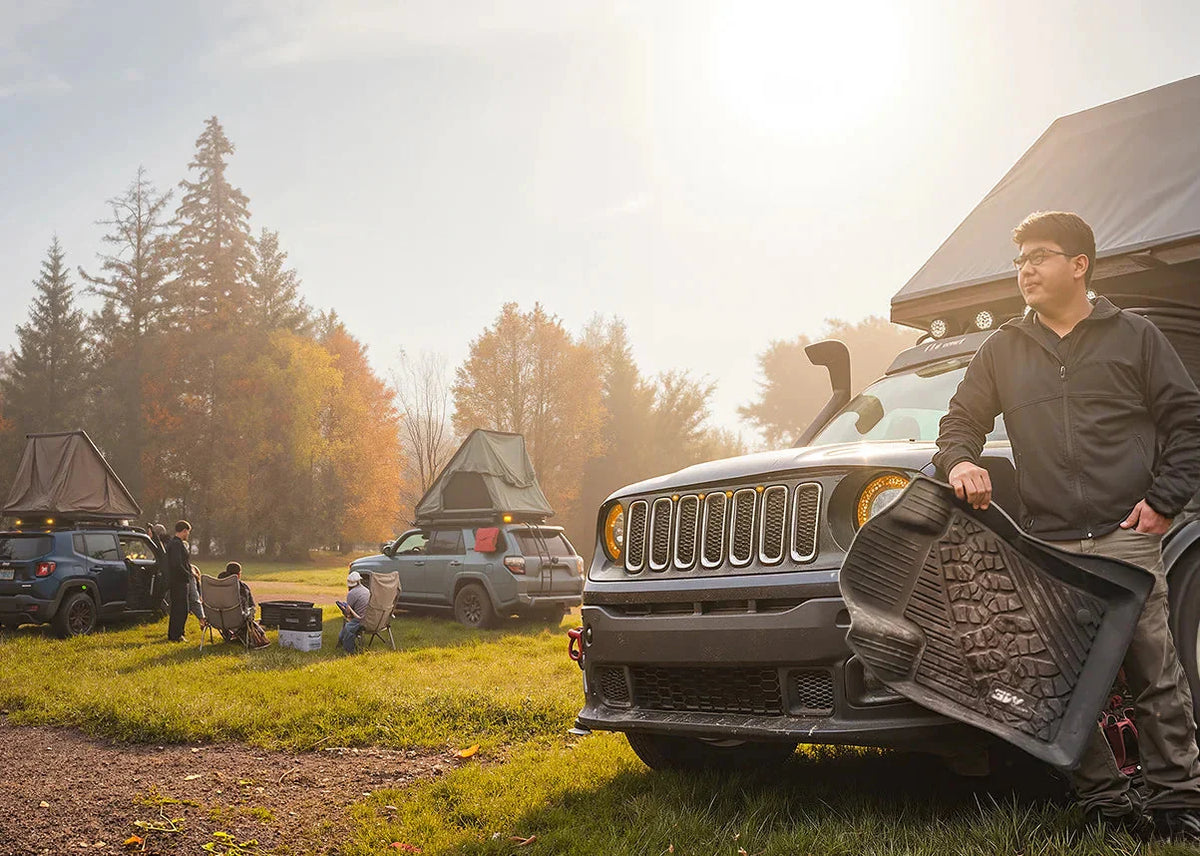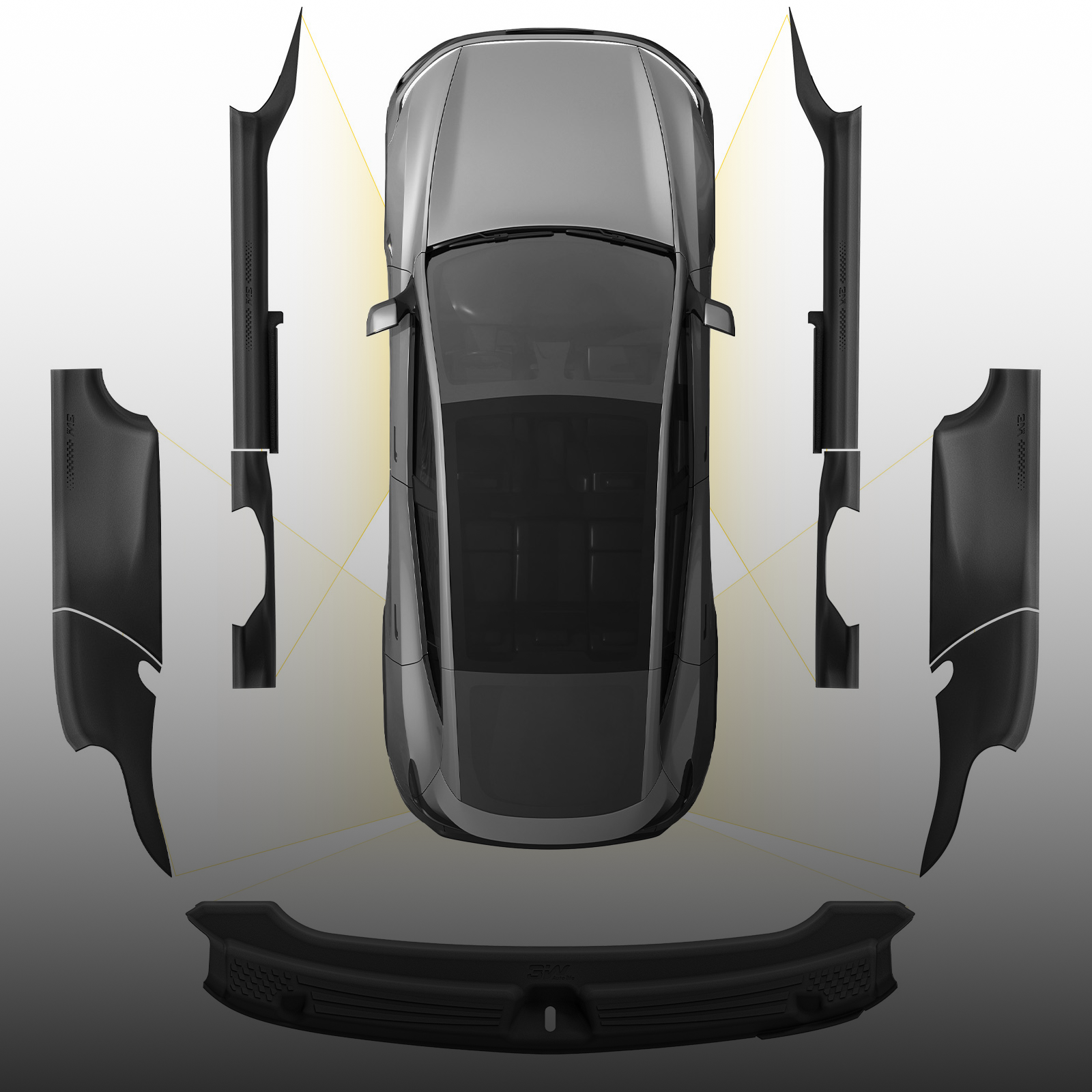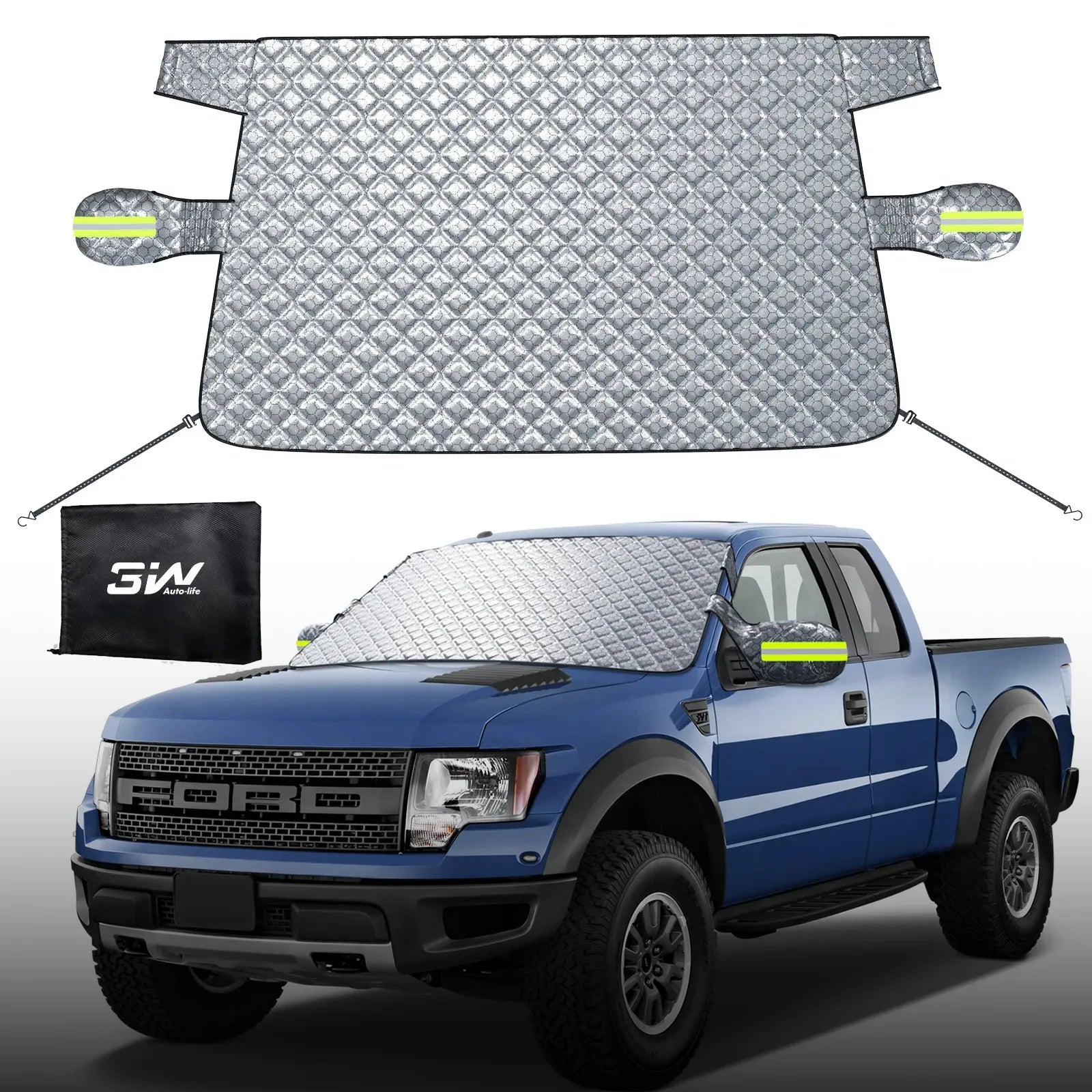

If you are asking yourself where to car camp for your next trip, you are not alone. Car camping gives you freedom and helps you discover amazing places while saving money. You can wake up to new views outside your car every day. The biggest challenge can be finding the right place to park for the night.
This guide will help you with everything you need, from understanding paid campgrounds to learning where to car camp for free and keep your trips smooth.
Table of contents
Understanding Different Types of Car Camping Locations
When you plan any car camping trip, it is helpful to know the kinds of camping sites you may find. Each type has something special to offer you. The costs and features are different, so your choice will match your budget and needs. Take time to look at each type and think about what you want for your trip.
Paid Campgrounds
You can find paid campgrounds run by private groups or government parks such as National Parks or State Parks. At these sites, you may find things like toilets, showers, picnic tables and places for campfires. Paid campgrounds often suit beginners or people who like extra comfort. If you want a simple and safe camping time, these are good options. Remember, you often need to book early—especially if you travel during busy times.
Free Designated Sites
Some public lands have special spots marked for free camping. These places may give you a toilet or picnic table, but sometimes they have fewer things than a paid campground. Free designated sites give you structure without charging you. You still have a real camping experience but can keep more money for your trip. These spots work well if you like simple planning.
Dispersed Camping
Dispersed camping lets you camp on public land that is not part of a campground. This gives you the most personal space and usually does not cost anything. You will find these areas on land managed by the Bureau of Land Management (BLM) and National Forests. There are no toilets or tables, so you need to bring everything yourself. This is a more basic type of camping and helps you connect to nature right from your car.
How to Find Free Car Camping on Public Lands
You can use public lands to discover many free camping spots across the country. With wide-open areas and less traffic, many of these lands allow you to camp without paying a fee. You can pull off a forest road or find a flat spot and stay for a while. To help you understand your choices, you should learn about who cares for these lands and what rules you need to know.
Bureau of Land Management (BLM) Lands
BLM lands cover a lot of ground, especially in the western part of the country. Most of these lands let you camp for free unless you see a sign that says no. You are usually allowed to stay up to 14 days in one spot. These lands can show you deserts, forests or mountains, so you get plenty of scenery for your trip.
National Forest Lands
National Forests are also great places for finding free car camping. The U.S. Forest Service looks after these areas. You can often stay for up to 14 days in one place, outside of regular campgrounds. When you visit, check with the local ranger's office. Sometimes rules change for fires, wildlife or to protect nature, so you want to know the current information before you set off.
Utilizing Apps and Websites to Locate Campsites
Looking for places where to car camp is easier than ever thanks to apps and websites. You can find everything from simple parking spots to big campgrounds or secret local spots. These tools are often updated by people like you who want to share helpful tips. Learn about several tools that can make your car camping search quick and clear.
FreeCampsites.net
FreeCampsites.net is a website designed to help you find free or cheap places to camp. The map is easy to use and other travelers leave reviews, photos and updates about each spot. This is a reliable site to check when you look for a place where to car camp for free on your road trip.
iOverlander App
The iOverlander app helps everyone from car campers to people who travel for months at a time. Inside the app, you will find a big list of campsites, places that allow overnight stays, repair shops and places for drinking water. You can read notes from other people about road conditions and if the site feels safe. This app is good for new places or if you want to avoid surprises.
Other Notable Platforms
Campendium: You can use Campendium to find free and paid places to stay along with details about what each spot offers. Search by price or comfort and read what others say about the phone signal or quietness at each site. This is helpful if you want more details before picking a site.
The Dyrt: The Dyrt is another easy site that shares lots of campsite reviews and location info. You can use the free version to see many sites or buy the pro version for extra features such as planning maps. If you want to choose your sites carefully, this tool can help a lot with finding places where to car camp.
The Basics of Overnight Parking for Car Camping
Sometimes you just need a quick and safe place to sleep during a long drive. If you plan to spend a night in a parking lot or stopover area, you want your stay to be quiet and go smoothly. Respect is important for you and anyone who owns or uses the area. Follow these simple steps each time you stay for the night in public spaces.
Ask for Permission: When you plan to park overnight in a store or restaurant parking lot, always go inside and speak with the manager. Rules may change and not every location will say yes to overnight parking. Some businesses such as certain Walmart or Cracker Barrel stores, welcome you but always ask first.
Be Discreet: Sleep in your car without drawing attention. Do not set up tables, grills or other things next to your car. Try to keep lights low and do not play loud music while you rest.
Support the Business: It is a nice gesture to buy something small from the store—whether it's food, coffee or fuel—if you stay there. This action keeps business owners happy to let travelers like you stop again.
Stay for One Night Only: Always leave the site as you found it and move on the next morning. These spaces work best when used for one night at a time.
What to Look for in a Car Camping
Every campsite feels a little different and picking the right one can make your trip much better. You want your spot to feel peaceful, safe and comfortable, no matter where you park. Take time to check a few things when you choose your resting place for the night.
Safety and Seclusion: Your personal safety comes first. Try to choose places away from busy roads or crowds. If you feel anything is wrong, trust what you sense and look for a new spot.
Level Ground: Sleeping in a car works much better when you park on a flat spot. If your car leans or tilts, it is hard to sleep or move around. Flat ground also makes it easier to use your car for cooking or relaxing.
Leave No Trace Principles: Always keep your area clean and do not leave trash behind. Even if you are alone in the woods, care for the land so others can use it later. Bring your trash bag and clean up so every site stays as nice as you found it.
Proximity to Water and Resources: Think about how close you want to be to water or stores. Some people want to park near a river, but it is best not to sleep too close to the water. Know how far you are from the nearest shop just in case you need something quickly.
Check for Regulations and Signage: Look out for any signs at your spot. Some areas have rules, bans or special rules for camping and fires. Always double-check signs when you park. Before you arrive, check online for any warnings or changes to the rules.
Essential Tips for a Safe and Successful Trip
Preparing for your next car camping trip keeps you comfortable and makes everything easier. Each tip here comes from real travel experience and can help you feel confident wherever you go. You can also protect your car and your car mats by thinking ahead.
Arrive Before Dark: If you get to your spot while it's still light, you can find the best place, see any risks and set up without rushing. It is much easier to pick a safe spot when the sun is out.
Check Current Regulations: Before your trip, visit the websites for the National Forest Service or BLM to learn about possible area closures, weather warnings or new instructions. Doing this helps you avoid surprises later.
Pack the Right Gear: Simple things like blankets, a flashlight, a pillow and extra food can make your trip better. Keep a first-aid kit handy and charge your phone if possible. If you need devices charged, bring a backup power bank.
Keep Your Vehicle Tidy: Your space inside the car matters more as you camp more nights. Floor mats such as 3W Liners, shield your car's floor from dust and dirt you track in. Cleaning your car is much quicker when you protect your mats and give yourself more time to enjoy the outdoors.
Tell Someone Your Plans: Always let a friend or family member know where you are going and when you expect to return or check in next. Nature can surprise you, so keeping others informed adds extra security.
Complete List of Free Car Camping Spots and Restricted Areas
You want to know both the best places for where to car camp for free and also places that do not allow car camping. Below, you can use the first table to see popular spots where you may camp for free and the second table to know spots where you must not stay overnight.
Potential Free Camping Locations
Location Type |
Description and Notes |
Bureau of Land Management |
BLM lands cover much of the western U.S. You can often camp for free up to 14 days in each spot. |
U.S. Forest Service (USFS) |
National Forests offer many free camping choices much like BLM lands. Always look for local ranger rules first. |
Business Parking Lots |
Some Walmarts, Cabela’s or Cracker Barrels agree to overnight parking if you ask for permission before sleeping. |
Truck Stops |
Places like Love’s or Pilot usually let you park overnight, but the area can be noisy. Safety is usually good. |
Casinos |
Casinos with large parking lots often welcome car campers. Some even mark spaces just for overnight parking. |
Restricted Camping Locations
Location Type |
Reason for Restriction |
National Parks (outside campgrounds) |
Only marked campgrounds or special sites allow sleeping, to keep nature safe for everyone. |
Private Property |
Never park on someone else’s land without their okay. You could get in trouble and your car could be towed. |
"No Overnight Parking" Zones |
Many places will have signs that tell you not to sleep there. Always look out for and obey all signs to avoid problems. |
Residential Neighborhoods |
Parking in someone’s neighborhood can get you a ticket or wake you up in the night. Avoid staying on random streets or in front of homes. |
Construction Sites & Airports |
These are not safe, and parking or camping is never allowed. Security will ask you to leave if you try. |
Conclusion
When you are ready for a road trip, knowing where to car camp can turn your plans into reality. If you use what you learned in this guide, you will spot safe and free locations for a restful night, whether you want a paid campground or a wild space on free public land. Always care for your sites, follow the area rules and look after your surroundings.
To keep your car clean, high-quality car mats such as 3W Liners will stop mud or spills from ruining your next trip. When you look after your car and respect each place you visit, you are set for a smooth and fun car camping adventure.
Related Articles: Explore More Car Camping Tips
- Car Camping – Learn more about enjoying car camping safely and comfortably.
- Car Camping Essentials – Discover the must-have gear and tips for a smooth car camping trip.

